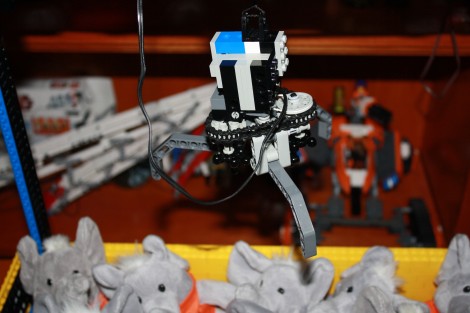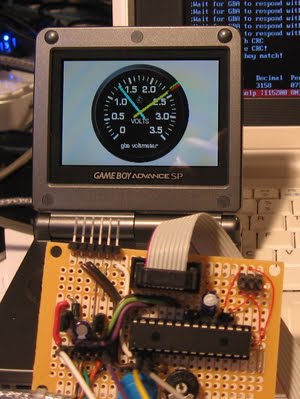
Master EEG hackers [MOG] and [Tim] over at the Makers Local 256 have been working on creating a Bluetooth EEG listener made from a Mattel Mindflex. This build is based on an earlier build of a group called [Frontier Nerds] (thanks for the heads up [Nathan]!), but this version ditches the Arduino in favor of a basic serial to bluetooth adapter for the sake of power efficiency (as well as not having to keep an Arduino strapped to you head). We have covered a few Mindflex hacks before, but this seems to be the most useful in a practical sense. They have included the code for a Bluetooth serial data logger, and the earlier build shows a good example of captured data visualization.















